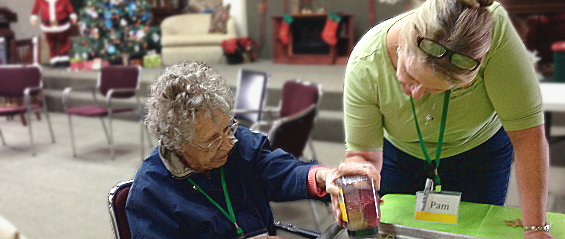Frontotemporal dementia is a type of dementia that causes cell damage and brain tissue shrinkage in the brain’s frontal lobe (the area behind your forehead and it’s temporal lobes (the regions behind your ears), these regions control planning and judgment; emotions, speaking and understanding speech; and certain types of movement
Frontotemporal dementia is most commonly diagnosed in people in their 50’s or early 60’s. Frontotemporal dementia is often misdiagnosed as a psychiatric problem or Alzheimer’s disease. The only known risk factor for Frontotemporal dementia is a family history of the illness.
What Are The Symptoms?
Behavioral Changes
Extreme changes in behavior are the most common symptoms of Frontotemporal dementia.
- A lack of empathy and an inability to distinguish between facial expressions.
- Lack of personal hygiene.
- Apathy or unwillingness to talk.
- Weight gain due to extreme overeating.
- Inappropriate social behavior.
- Obsessive compulsive behavior such as collecting things or repetitively handwashing.
Speech and Language Problems
Problems with speech and language are less common than behavioral changes but can still occur.
- Increasing difficulty in reading, writing and speaking.
- Difficulty in naming things. For example a person may be unable to find the right word for a cat and instead call it an animal.
- As the disease progresses people use words less and less and become essentially mute.
Movement Problems
Movement problems are rare but can occur. When they do occur they are similar to the problems someone with Parkinson’s disease experience.
- Stiffness in neck and upper body
- Shakiness
- Frequent falls
- Walking and balance problems
- Difficulty swallowing
Information for this blog post came from the Mayo Clinic and the Alzheimer’s Association. We’d invite you to check out these sites for more information on frontotemporal dementia.



Comments are closed